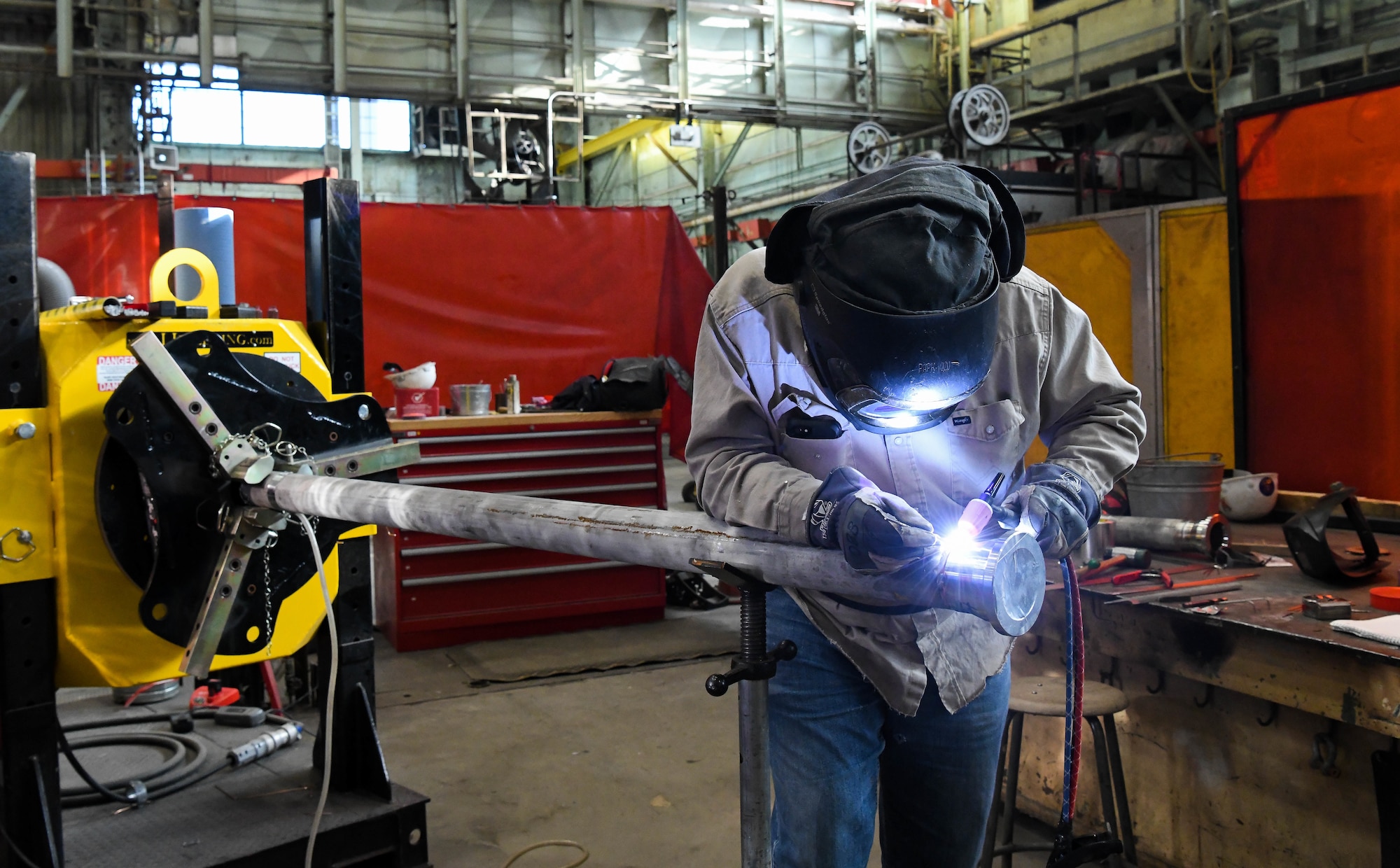Achieving Welding Quality: Unveiling the Secrets of WPS Implementation and Optimization
In the world of welding, achieving excellence is a quest that pivots on the careful application and optimization of Welding Treatment Specs (WPS) By delving into the crucial components, strategies, obstacles, and best methods linked with WPS, a world of welding excellence awaits those that are eager to discover its depths.
Relevance of WPS in Welding
The Significance of Welding Procedure Specifications (WPS) in the welding sector can not be overemphasized, acting as the backbone for guaranteeing consistency, quality, and safety in welding operations. A WPS gives thorough guidelines on how welding is to be lugged out, including crucial variables such as products, welding processes, joint style, filler metals, interpass and preheat temperature levels, welding currents, voltages, travel rates, and a lot more. By sticking to a distinct WPS, welders can maintain uniformity in their job, resulting in consistent weld quality across different jobs.

Crucial Element of WPS
Going over the indispensable elements of a welding procedure requirements (WPS) is essential for recognizing its function in welding operations. One critical facet of a WPS is the welding process spec, which outlines the certain welding processes to be used, such as gas tungsten arc welding (GTAW) or secured metal arc welding (SMAW) By integrating these crucial elements right into the WPS, welding procedures can be standard, making sure high quality, performance, and security in welding procedures.
Techniques for WPS Optimization

Second of all, training and qualification of welding employees according to the particular demands of the WPS is paramount. Giving detailed training programs and making certain that welders are certified to carry out treatments outlined in the WPS can cause greater quality welds and reduced rework.
Additionally, leveraging technology such as welding software application and monitoring systems can assist in optimizing WPS. These devices can aid in tracking variables, guaranteeing parameters are within specified limits, and giving real-time feedback to welders, allowing them to make prompt look at this site adjustments for improved weld quality.
Common Challenges and Solutions
Dealing with barriers in carrying out the methods for WPS optimization can prevent welding procedures' effectiveness and top quality. One common obstacle is poor training or understanding of the welding treatment specs (WPS) among the welding group. This can result in incorrect execution of welds, resulting in problems and rework. To address this, thorough training programs ought to be implemented to make certain that all welders are skillful in applying and analyzing WPS accurately.
Another challenge is the absence of proper documents and record-keeping, which is crucial for WPS optimization. Without clear documents of welding parameters, materials utilized, and examination outcomes, it becomes tough to recognize areas for enhancement and guarantee consistency in welding procedures. Executing a robust documents system, such as digital welding management software, can aid streamline record-keeping and promote data analysis for constant improvement.
In addition, inconsistent welding tools calibration and maintenance can posture a considerable obstacle to WPS optimization. Routine equipment checks, calibration, and upkeep schedules should be stuck to strictly to make certain that welding criteria are precisely controlled and preserved within the specified tolerances (welding WPS). By attending to these usual challenges with proactive click reference options, welding procedures can improve efficiency, top quality, and general welding excellence
Finest Practices for WPS Application
To make sure effective WPS application in welding operations, adherence to industry requirements and thorough attention to detail are paramount. When launching WPS application, it is critical to start by extensively understanding the particular welding requirements of the task. This entails a comprehensive testimonial of the welding treatment requirements, materials to be bonded, and the environmental conditions in which the welding will take location.
Once the needs are clear, the next action is to select the ideal welding procedure that aligns with these specifications. This involves consulting the appropriate codes and standards, such as those given by the American Welding Society (AWS) or the International Company for Standardization (ISO), to make certain conformity and quality.
Furthermore, documenting the whole WPS execution procedure is crucial for traceability and quality assurance. Detailed documents should be maintained relating to welding specifications, material preparation, preheat and interpass temperature levels, welding consumables used, and any type of inconsistencies from the initial procedure. Routine audits and reviews of the WPS can aid identify areas for improvement and make certain continuous optimization of the welding procedure.


Final Thought
In verdict, the application and optimization of Welding Procedure Requirements (WPS) is critical for attaining welding excellence. By understanding the crucial elements of WPS, implementing efficient approaches for optimization, dealing with common difficulties, and following best practices, welders can make sure high-quality welds and secure working problems. It is crucial for professionals in the welding industry to focus on the appropriate application of WPS to boost general welding efficiency and achieve desired end results.
The Importance of Welding Procedure Requirements (WPS) in the welding industry can not be overstated, serving as the foundation for making sure consistency, top quality, and safety in welding operations. A WPS offers in-depth instructions on exactly how welding is to be brought out, including crucial variables such as materials, welding processes, joint layout, filler steels, preheat and interpass temperature levels, welding currents, voltages, travel speeds, and extra. One important facet of a WPS is the welding procedure specification, which describes the specific welding processes to be utilized, such as gas tungsten arc welding (GTAW) or shielded steel arc welding (SMAW) By incorporating these key components into the WPS, welding procedures can be standard, making certain top quality, efficiency, and security in welding procedures.
It is critical for specialists in the welding sector to focus on the appropriate execution of WPS to linked here boost general welding efficiency and accomplish preferred results.